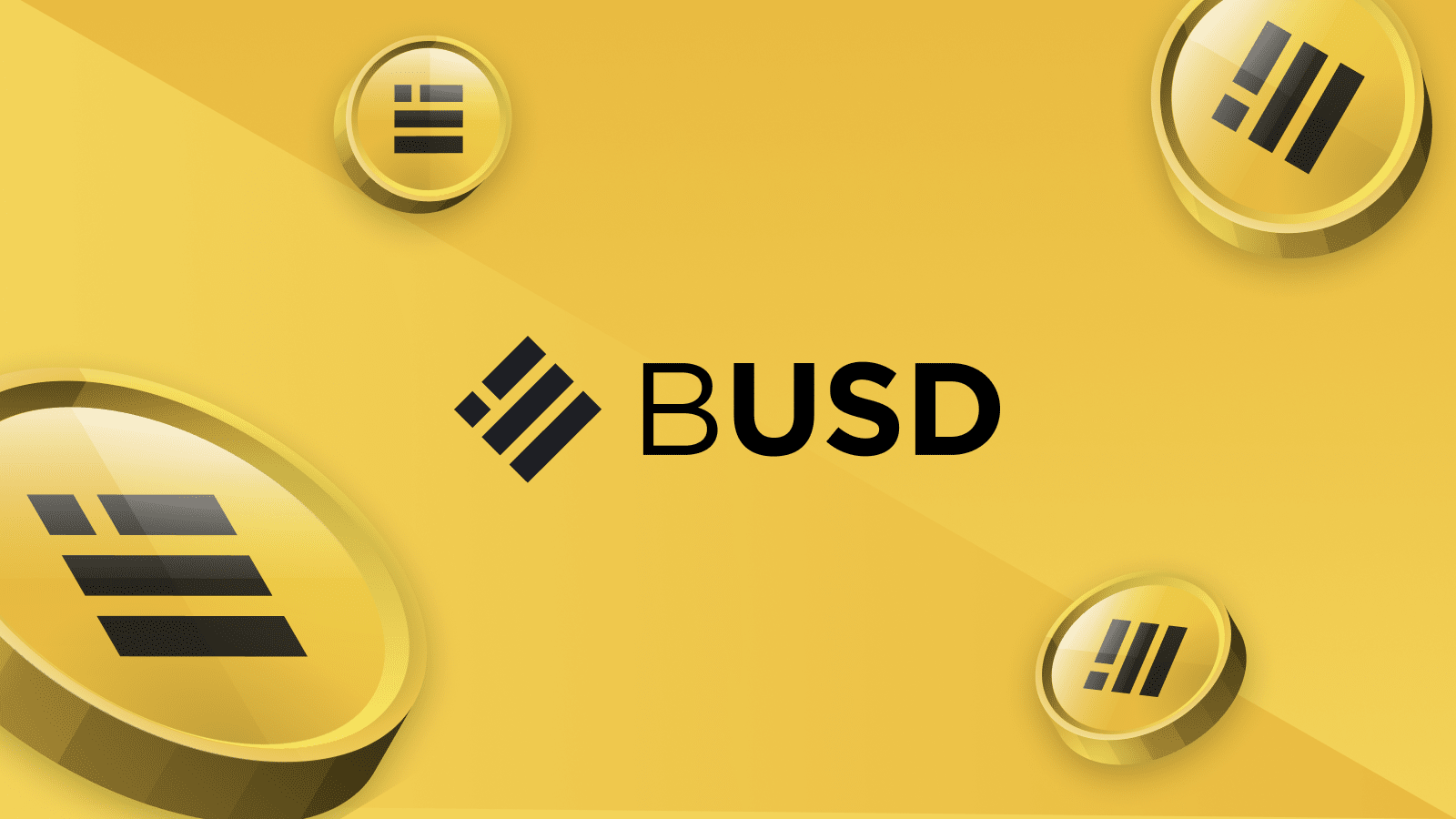Introduction to BUSD
Binance USD (BUSD) is a stablecoin issued by Binance, one of the world’s largest cryptocurrency exchanges. Launched in September 2019, BUSD is pegged to the US dollar on a 1:1 basis, providing users with a reliable and transparent digital asset that mirrors the value of fiat currency.
The Need for Stablecoins
Stablecoins like BUSD serve a crucial role in the cryptocurrency ecosystem by addressing the volatility associated with traditional cryptocurrencies such as Bitcoin and Ethereum. They offer a stable store of value and facilitate seamless transactions across various blockchain networks.
BUSD’s Issuer: Binance
Binance, founded in 2017 by Changpeng Zhao (CZ), quickly rose to prominence as a leading cryptocurrency exchange. With a wide range of trading pairs and innovative financial products, Binance has become a one-stop platform for cryptocurrency enthusiasts worldwide.
Key Features of BUSD
BUSD offers several features that distinguish it from other stablecoins:
- Transparency: Binance regularly undergoes audits to ensure that the BUSD supply matches the corresponding USD reserves, providing users with transparency and trust.
- Regulatory Compliance: As a regulated stablecoin, BUSD adheres to strict compliance standards, including anti-money laundering (AML) and know-your-customer (KYC) requirements.
- Fast and Low-Cost Transactions: BUSD transactions settle quickly and incur minimal fees, making it an efficient means of transferring value across borders.
- Integration with Binance Ecosystem: BUSD seamlessly integrates with Binance’s diverse ecosystem, allowing users to trade, lend, and borrow BUSD on the exchange platform.
Use Cases of BUSD
BUSD serves various purposes within the cryptocurrency space:
- Trading: Traders use BUSD as a stable trading pair on cryptocurrency exchanges, providing liquidity and stability to volatile markets.
- Remittances: BUSD facilitates low-cost and near-instantaneous cross-border remittances, enabling individuals to send funds to family and friends globally.
- Hedging: Investors use BUSD to hedge against cryptocurrency market volatility, preserving the value of their assets during price fluctuations.
- E-commerce: Merchants accept BUSD as a payment method for goods and services, leveraging its stability and accessibility for online transactions.
Stability Mechanisms of BUSD
BUSD maintains its peg to the US dollar through various stability mechanisms:
- Collateralization: Binance holds USD reserves equivalent to the total supply of BUSD, ensuring that each BUSD token is backed by a corresponding amount of fiat currency.
- Smart Contract Management: BUSD’s smart contracts automatically adjust the token supply based on market demand, helping stabilize its price.
- Regulatory Compliance: Binance adheres to regulatory guidelines to maintain BUSD’s stability and trustworthiness, thereby mitigating risks associated with the stablecoin.
Security and Trustworthiness
Binance prioritizes security and trustworthiness in managing BUSD:
- Custodial Services: Binance employs robust custodial services to safeguard BUSD reserves, protecting against theft and unauthorized access.
- Regular Audits: Independent auditors conduct regular audits of Binance’s reserves to verify the accuracy of BUSD’s peg to the US dollar.
- Insurance Coverage: Binance may provide insurance coverage for BUSD reserves, offering additional protection against unforeseen events.
BUSD vs. Other Stablecoins
Comparing BUSD to other prominent stablecoins reveals its unique advantages:
- Tether (USDT): While both BUSD and USDT are pegged to the US dollar, BUSD offers greater transparency and regulatory compliance, making it a preferred choice for many users.
- USD Coin (USDC): BUSD and USDC share similar features, but BUSD’s integration with the Binance ecosystem gives it a competitive edge in terms of liquidity and utility.
- DAI: Unlike DAI, which is a decentralized stablecoin, BUSD is centralized and issued by a reputable exchange. This centralization may appeal to users seeking regulatory compliance and accountability.
BUSD’s Role in Decentralized Finance (DeFi)
BUSD plays a significant role in the burgeoning DeFi space:
- Lending and Borrowing: DeFi platforms offer lending and borrowing services with BUSD, allowing users to earn interest on their holdings or access liquidity through collateralized loans.
- Yield Farming: BUSD liquidity pools enable yield farmers to earn rewards by providing liquidity to decentralized exchanges (DEXs) and other DeFi protocols.
- Synthetic Assets: BUSD-backed synthetic assets provide exposure to traditional financial instruments like stocks and commodities within the DeFi ecosystem.
Challenges and Future Developments
Despite its success, BUSD faces several challenges and opportunities for improvement:
- Regulatory Scrutiny: Increased regulatory scrutiny on stablecoins may pose challenges for BUSD’s operations and adoption, requiring proactive compliance measures from Binance.
- Scalability: As demand for BUSD grows, scalability issues may arise, necessitating upgrades to Binance’s infrastructure to accommodate higher transaction volumes.
- Interoperability: Enhancing interoperability with other blockchain networks can expand BUSD’s reach and utility across the broader cryptocurrency ecosystem.
Conclusion
Binance USD (BUSD) has emerged as a leading stablecoin, offering stability, transparency, and regulatory compliance in the dynamic world of cryptocurrency. With its integration into the Binance ecosystem and widespread adoption across various use cases, BUSD continues to play a vital role in reshaping the future of finance. As Binance continues to innovate and adapt to evolving market trends, BUSD is poised to remain a cornerstone of the digital economy for years to come.
